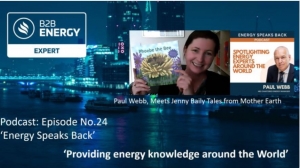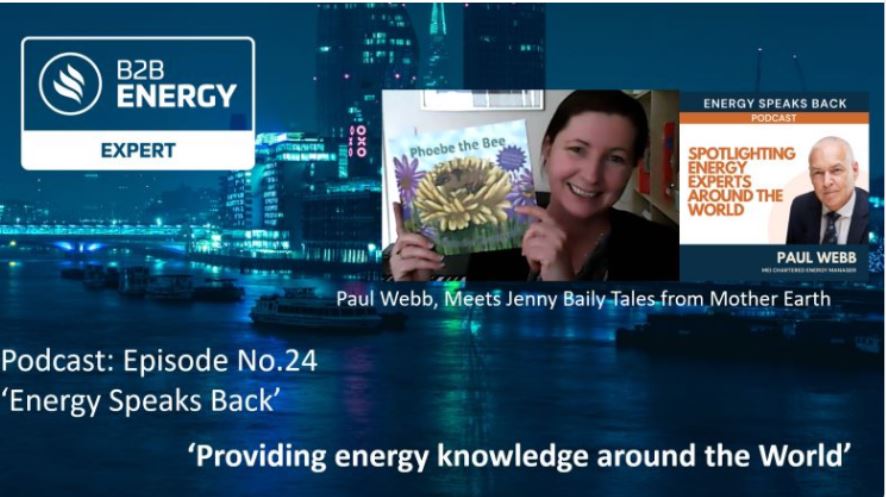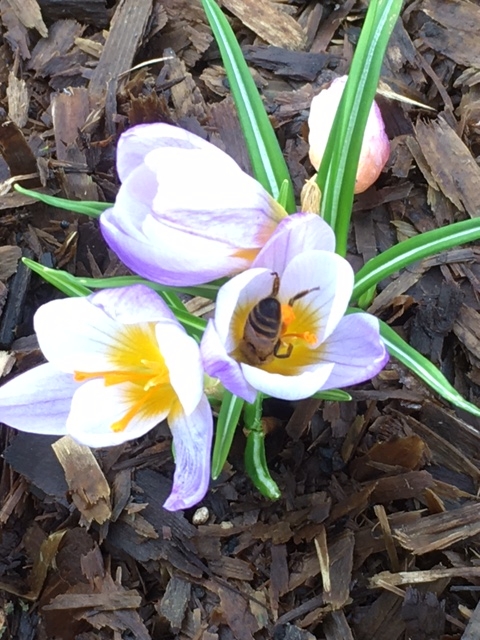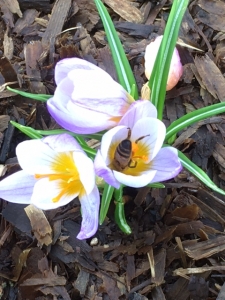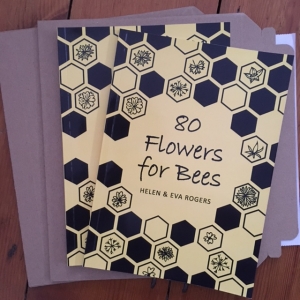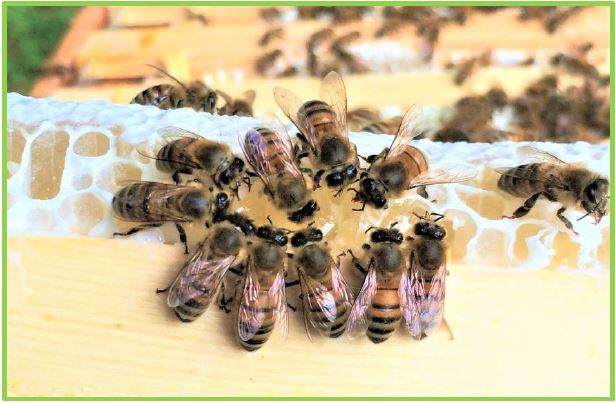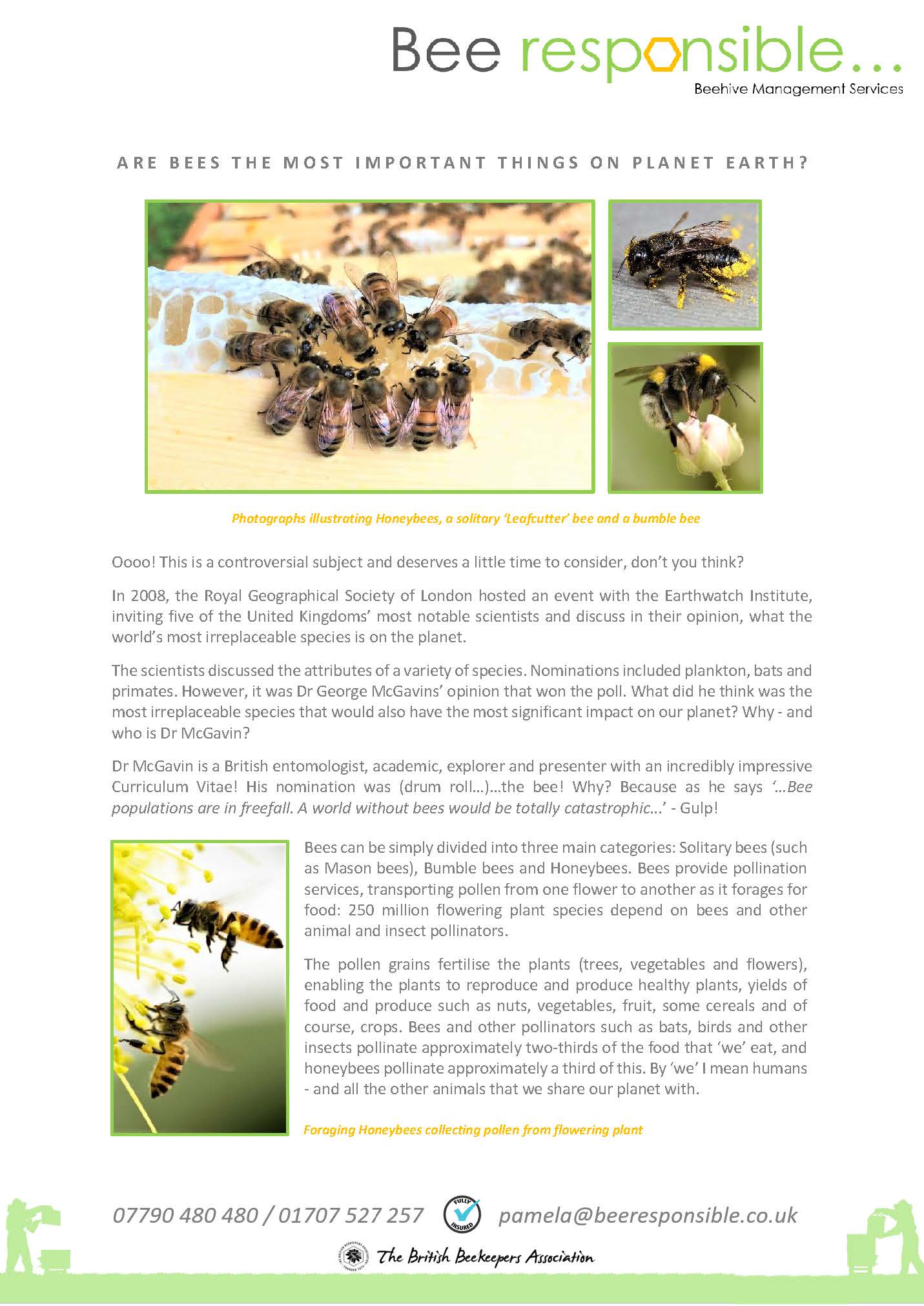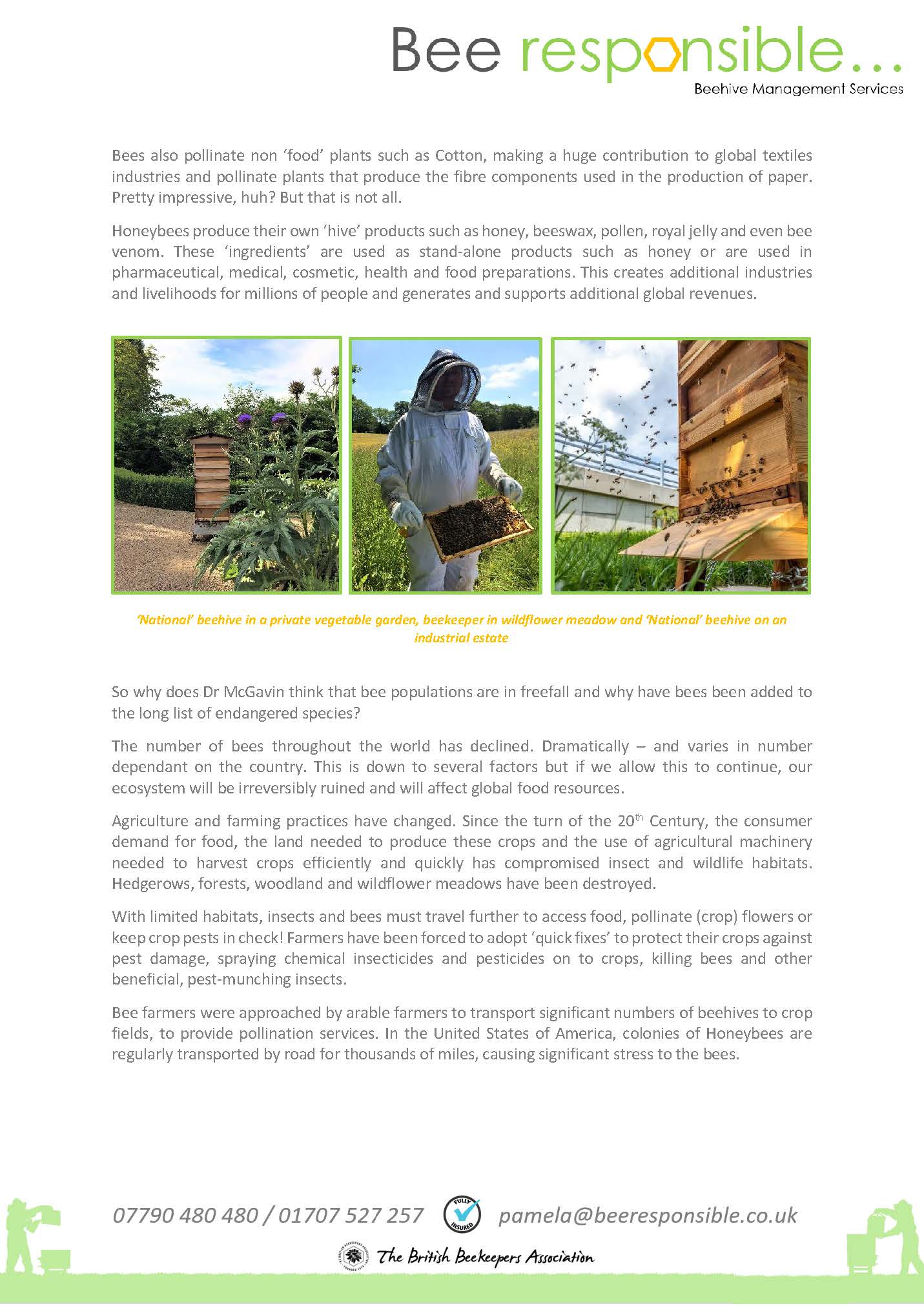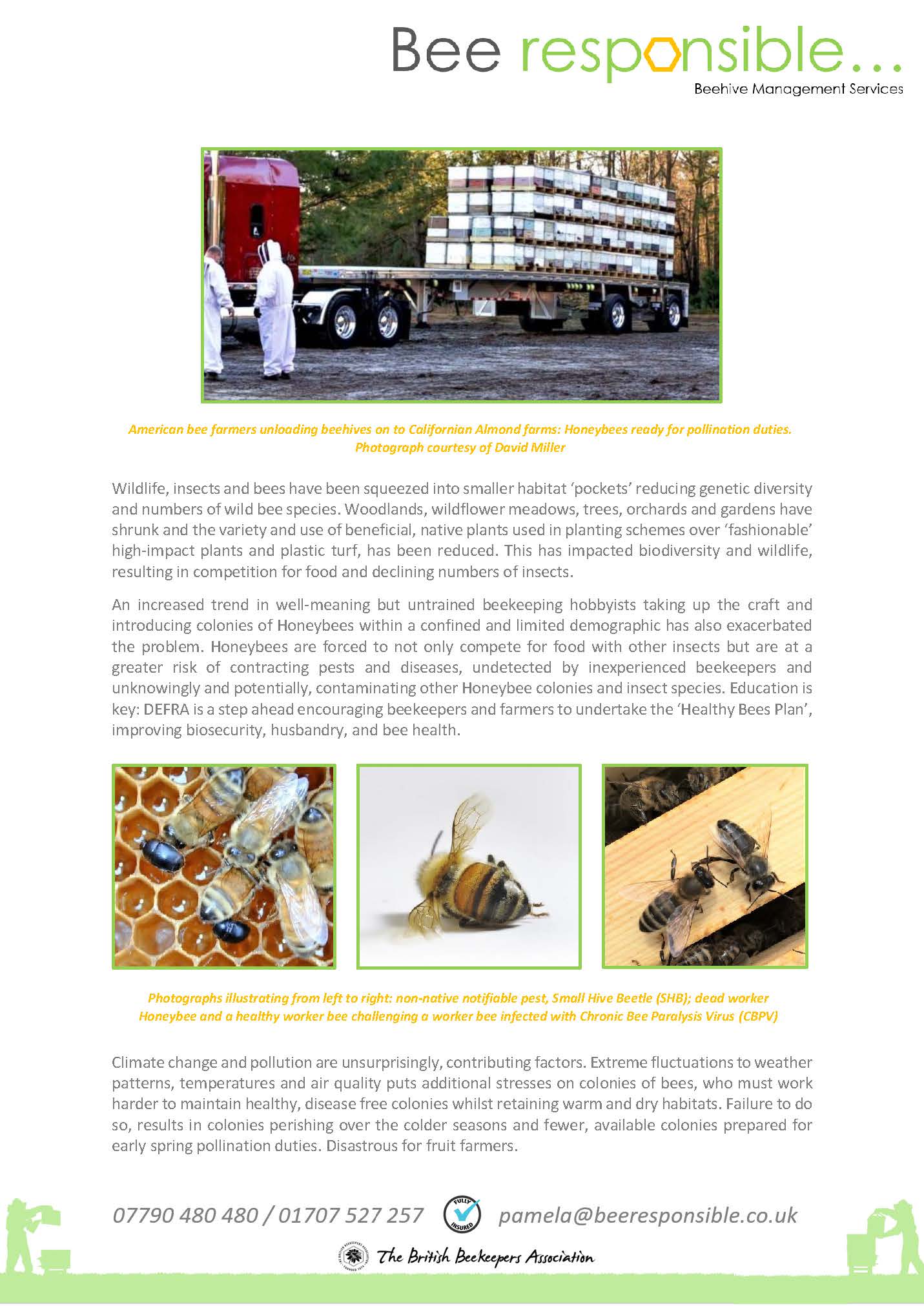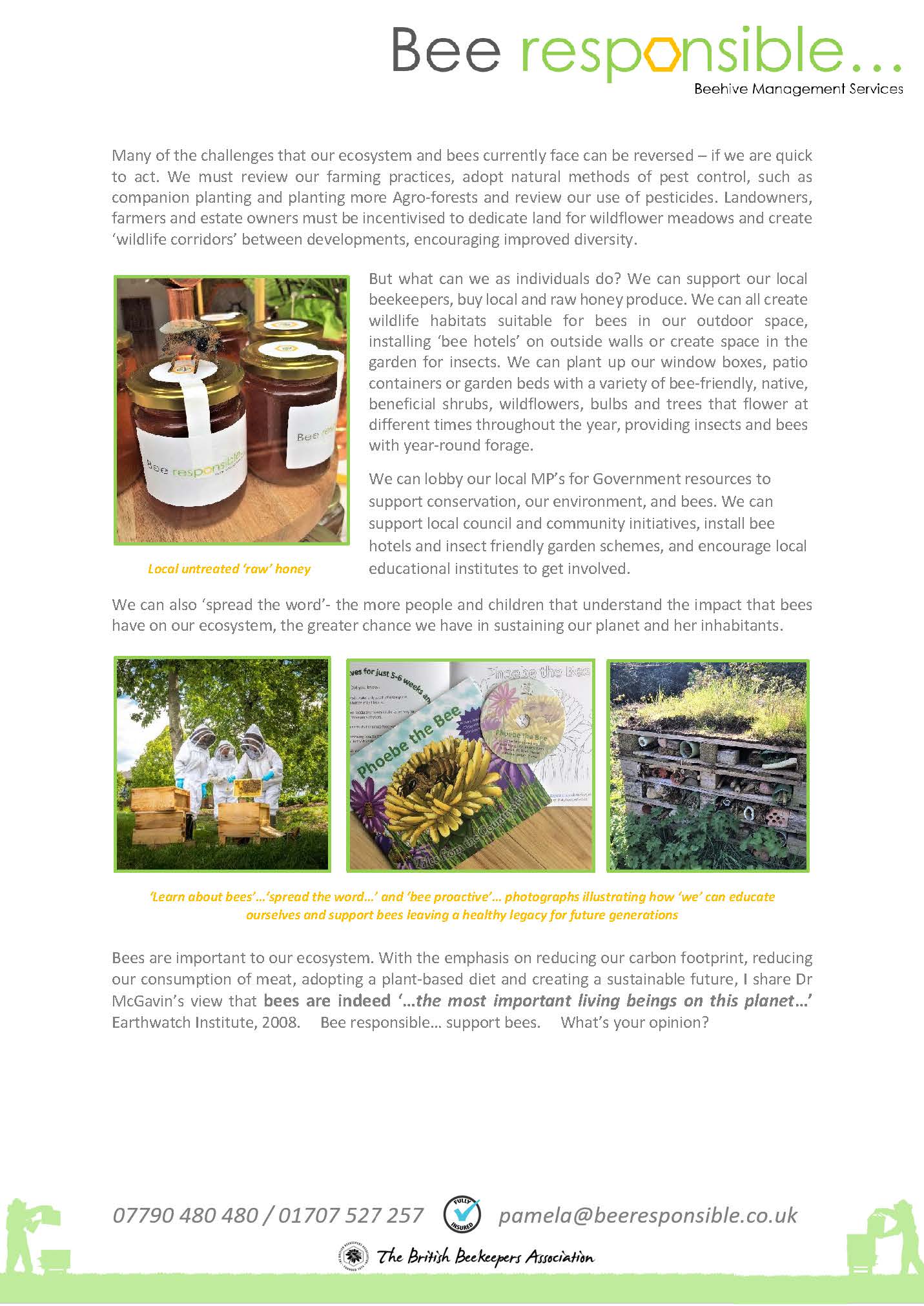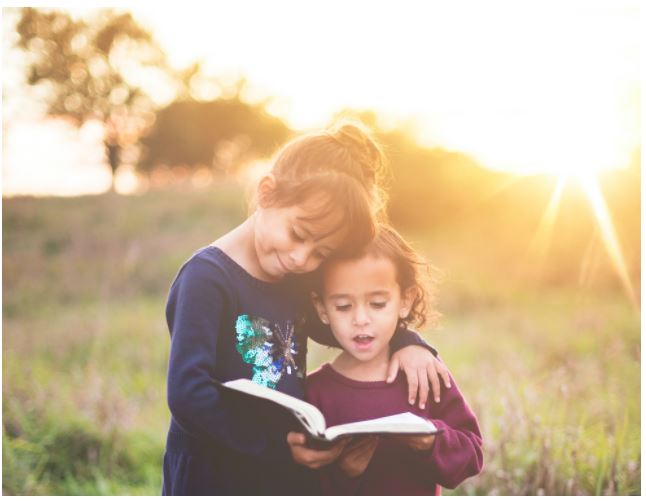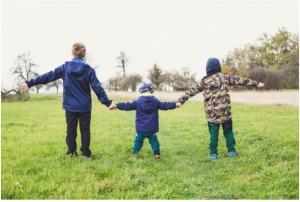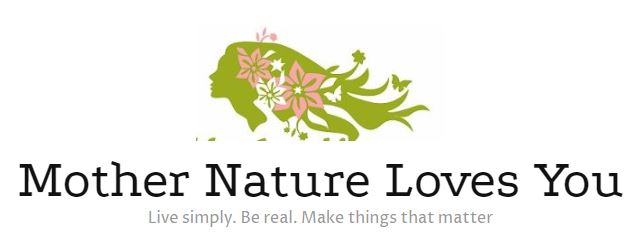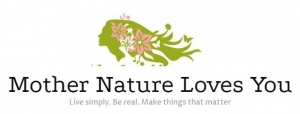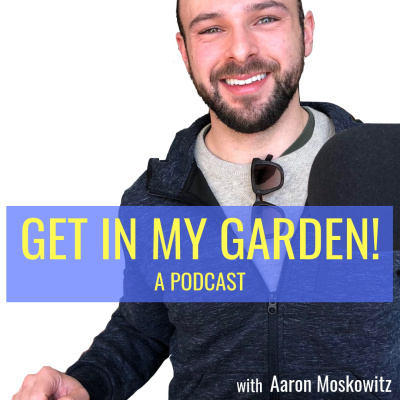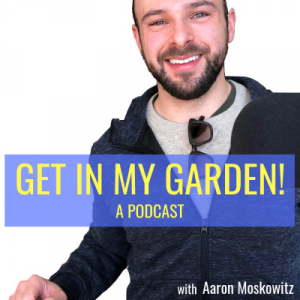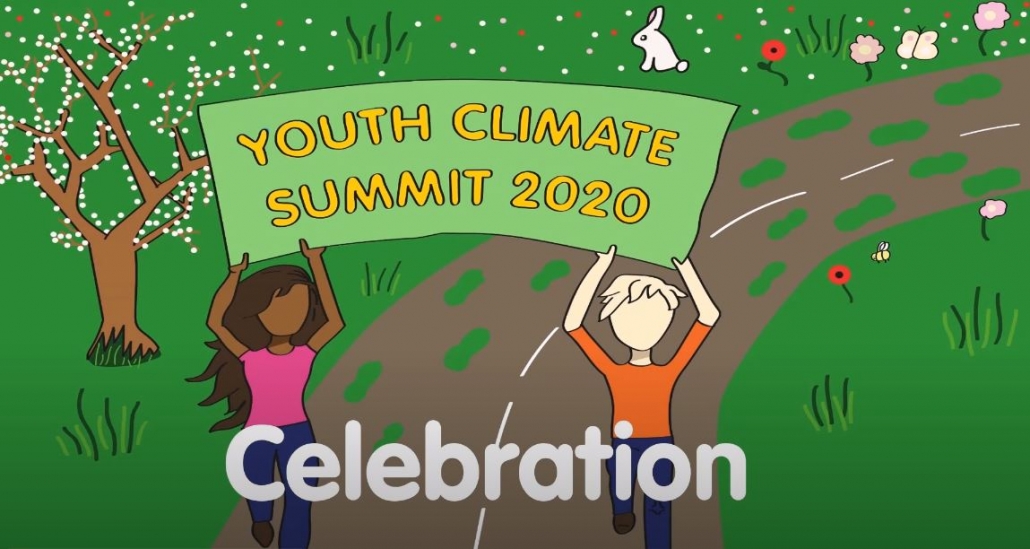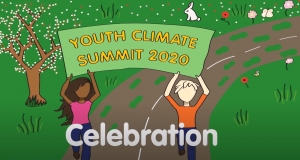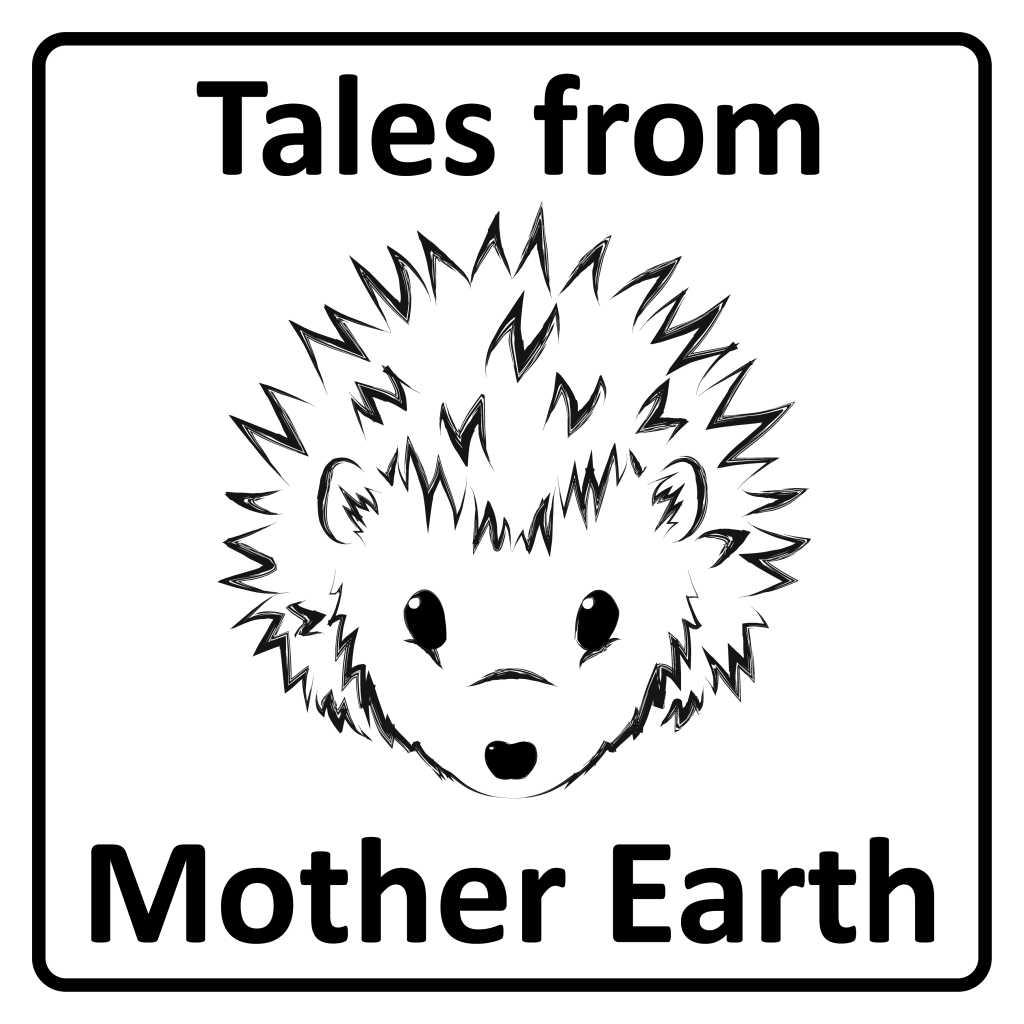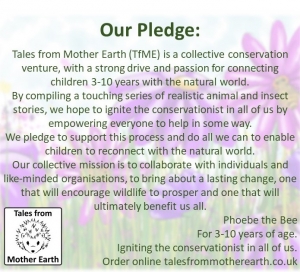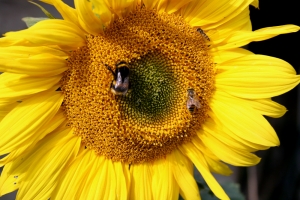Jamie Sneddon, Experienced Field Biologist/Ecologist, Munlochy, Scotland
My earliest memories of being obsessed with animals involve watching the Lion King. I still
have the VHS, but you would see mostly static if you tried to watch it, thanks to countless
hours of watching and rewinding. As I grew up, I would get myself into trouble in primary
school by collecting ladybirds, slaters and worms in my pencil case and taking them with me
into the classroom. I was clearly a biologist at heart from a young age, obsessed with animals
and desperate to learn everything I could about them. David Attenborough documentaries
highlighted the incredible animals around the globe and fed my obsession for wildlife
knowledge. As an adult, little has changed. I now radio collar red squirrels and track the
activities of Scottish wildcats for a living. David Attenborough is still my hero and the Lion
King has never lost its appeal. I’ve managed to stop collecting insects in pencil cases but that
was probably for the best…
Where I am now is a culmination of all the inspirations I had growing up. I loved animals but
without a constant stream of information from books, documentaries, and inspirational people
I likely wouldn’t be where I am today. The same applies to children today. However, they
have new challenges to contend with. The rise of technology has led to a greater disconnect
with the natural world. While more disconnected, children must also deal with the doom and
gloom of modern science. When I was a child recycling wasn’t common, having a massive
collection of plastic bags under the kitchen sink was normal. People liked bees but didn’t
fully understand their real value. In general, the average person didn’t have a full
understanding of their impact on the natural world. Things are different now. Children are
being taught to recycle, plant bee-friendly flowers in their gardens and raise money for
rainforest conservation. The next generation is primed to make up for all the mistakes of
previous generations but it’s a heavy burden to bear.
A lot of my wildlife-friendly choices have only been learned as an adult. Through education
at a young age, children are now growing up with the knowledge I acquired in my early
twenties. Books like ‘Phoebe the bee’ could lead to a generation of children that all grow up
to have bee-friendly gardens. Further than that, it could ignite a passion that then grows and
spreads into different disciplines. Children that grow up to become engineers, doctors, and
chefs that all have a deep appreciation for the natural world are what we need to promote
change on a global scale. The possibilities are endless and they can all start with one
inspirational book.
Little Jamie, during his Primary School trouble making days.
Our huge thanks to Jamie, for taking the time to be our first guest blogger. Keep up the amazing work you’re doing.
